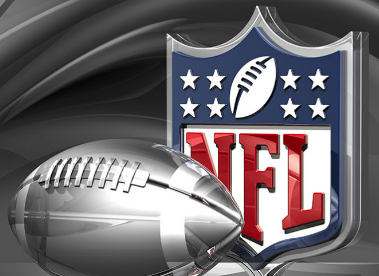The Financial Effects of the Tampa Bay Rays Playing in Steinbrenner Field in 2025
- troyosborne2102
- Mar 11
- 4 min read
Updated: Aug 28

In 2025, the Tampa Bay Rays are set to play their home regular season baseball games in Steinbrenner Field, the spring training home of the New York Yankees in Tampa. This unique arrangement will be an interesting development in the Rays’ ongoing efforts to secure a new stadium and find a long-term home that can accommodate their growing fan base. The decision to play regular-season games at this venue will have significant financial implications for the Rays, both in terms of revenue generation and fan experience.
Benefits of Playing Outdoors
One of the primary factors in this move is the benefit of playing outdoors. Unlike the Rays' current home, Tropicana Field, which is an indoor stadium, Steinbrenner Field is an outdoor facility, more in line with the traditional ballpark experience. Playing in an outdoor venue can create a more attractive and authentic baseball experience for fans, which could translate into higher attendance and fan engagement.
Outdoor baseball games offer a different atmosphere, especially in a city like Tampa where the weather is often favorable during the regular season. The Rays could see an uptick in ticket sales from fans who are eager to enjoy the more traditional setting of an outdoor stadium. It is likely that the outdoor environment will draw in local fans who may have avoided Tropicana Field due to its indoor, sometimes sterile, atmosphere. The experience of attending a game under the sun with a view of the skyline and the natural sounds of the game could make the experience more enjoyable for attendees and, in turn, boost revenues.
Moreover, playing outdoors could help the Rays attract a different demographic, including tourists and baseball fans who prefer the open-air environment. As Tampa Bay continues to be a destination for both tourists and seasonal residents, the allure of watching a baseball game outdoors in an iconic Floridian setting may lead to a broader fan base and, potentially, more revenue from tourism.
Seating Capacity and Revenue
Steinbrenner Field has a seating capacity of around 11,000 for spring training games. While this is significantly smaller than Tropicana Field's 25,000-seat capacity, it could still generate a substantial amount of revenue if managed effectively. The Rays could focus on premium seating options, such as luxury suites, club seating, and higher-priced tickets in the first few rows, to maximize per-capita revenue from attendees. Additionally, with a smaller venue, the team may have the opportunity to create a more intimate fan experience, which could justify higher ticket prices for certain sections.
However, the reduced seating capacity also poses challenges. The Rays would need to sell out or come close to sellouts in order to generate the same revenue they earn from a full Tropicana Field. This could be difficult if the team does not attract a larger crowd base or if the appeal of the venue does not match the team’s expectations. If ticket demand falls short, the Rays could lose out on potential revenue, especially if they are relying on a smaller crowd for financial viability.
Moreover, the smaller capacity could make it more difficult for the Rays to generate revenue from ancillary sources such as concessions, merchandise, and parking. A smaller crowd means fewer opportunities to sell food, beverages, and merchandise, which are key sources of revenue for MLB teams. Without the additional revenue from a larger crowd, the Rays may have to offset the lower attendance with more aggressive pricing strategies or promotional events.
Potential Impact on Local Economy
Hosting the Rays at Steinbrenner Field could have a ripple effect on the local economy. As the Yankees' spring training home, the area already benefits from a boost in tourism and business during the spring. With the Rays joining in the regular season, this could create a more consistent flow of traffic to the area and increase spending in surrounding businesses. Hotels, restaurants, and local shops may experience a surge in business, especially if the Rays are able to attract more out-of-town fans.
However, there are concerns that the lack of a large stadium could limit the long-term economic impact. Large-scale events with more significant attendance would typically bring more tourism dollars, and if the Rays do not bring in sufficient numbers, the benefits might not be as pronounced. In addition, there could be competition between the two teams for fan attention and local spending, though the proximity between Tampa and St. Petersburg (where Tropicana Field is located) suggests a more niche appeal for each team.
Will This Be a Long-Term Solution?
The decision to play games in Steinbrenner Field is a short-term solution to the Rays’ stadium woes. While it may offer short-term financial benefits, particularly through an enhanced fan experience and potential tourist dollars, the limited seating capacity means it cannot support the team’s full revenue potential for a whole season. Moreover, the Rays’ desire for a new stadium that offers better amenities, and a larger crowd capacity remains unchanged.
In the long term, the Rays will likely need to pursue a new home or a renovation of their current stadium, Tropicana Field. A modern, larger stadium that can host more fans and offer state-of-the-art amenities would ensure that the team has the financial resources necessary to compete in Major League Baseball. That being said, playing some regular-season games in Steinbrenner Field in 2025 could serve as a temporary solution to generate more revenue and create excitement around the team while they continue to seek a more permanent home.




Comments